Pura Luhur Uluwatu or popularly known as the Uluwatu temple is dramatically located on a cliff’s edge. The temple, as documented on ancient lontar, is also a portal that can transfer those who deserve it to heaven.
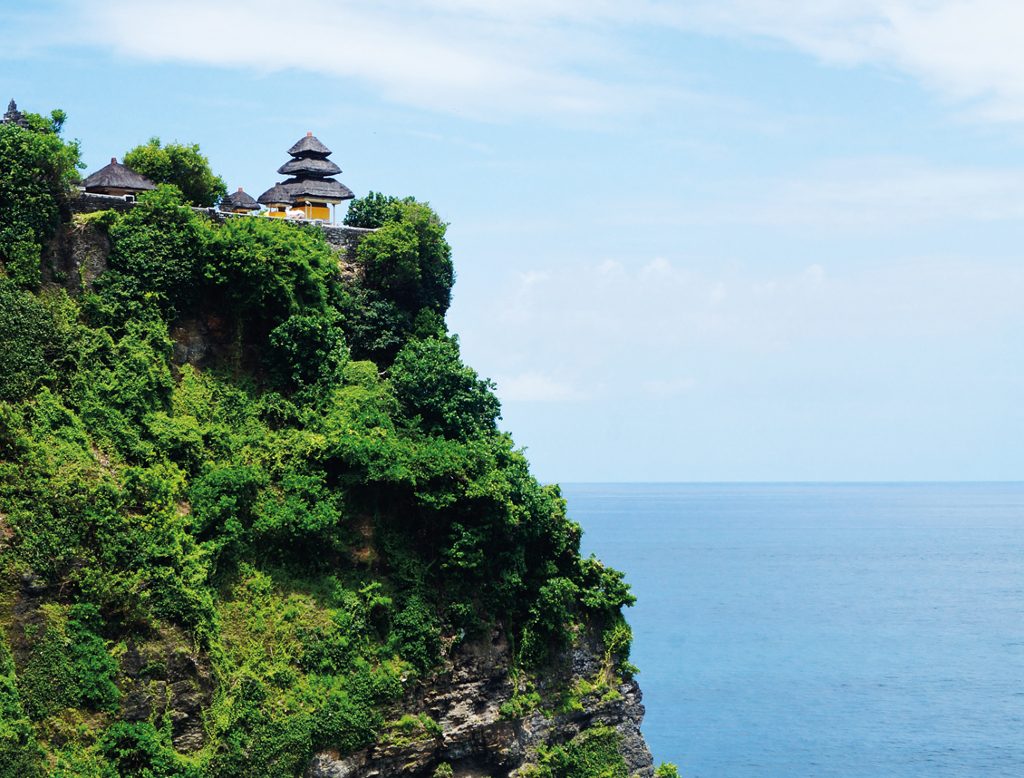
Uluwatu temple is celebrated for its religious importance and the stunning natural surroundings, making it one of the prominent sites in Bali frequented by the Balinese Hindu pilgrims and visitors to the island alike. It is one of the six most important temples in Bali known as Pura Sad Kahyangan Jagat.
Indeed, those who have visited Uluwatu temple may have heard stories about it, especially about the area’s cheeky residents, the local monkeys. But beyond the monkeys and the daily Kecak dance with spectacular sunset on the background, there’s something else that the tour guides or travel books fail to mention. It’s about the temple’s history and supernatural presence.
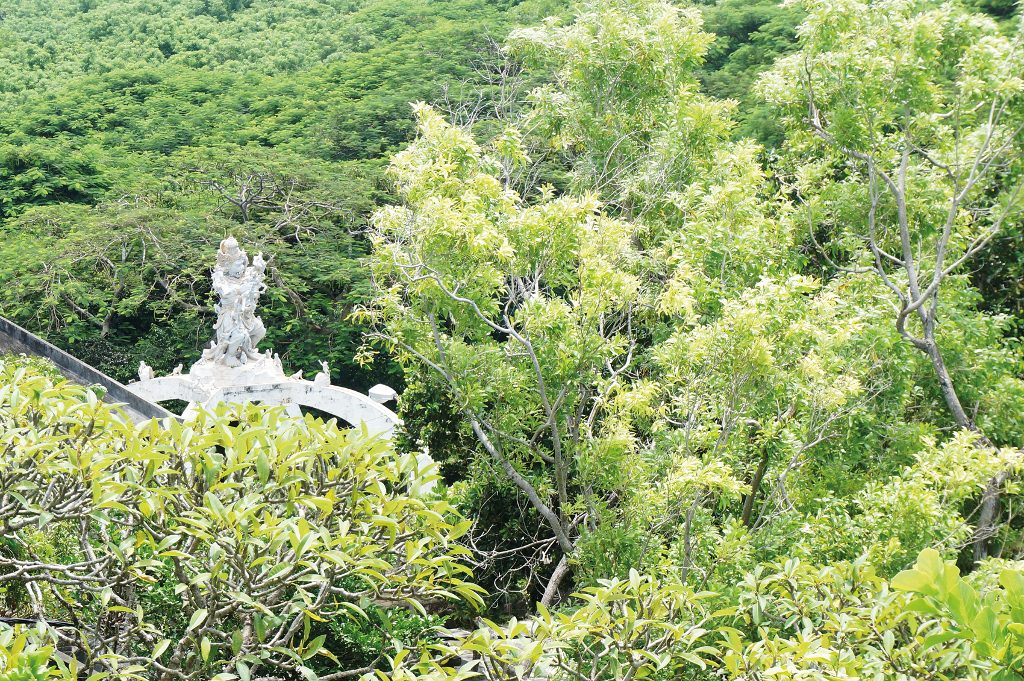
Just like anything else important and historical, the history of Uluwatu temple is documented on ancient lontar, palm leaf scrolls inscribed with ancient Balinese or Javanese letters. And in the case of Uluwatu temple, there are two lontars documenting the establishment of this important temple.
The first lontar states that the temple was built by a Hindu priest named Mpu Kuturan in the 11th century. According to this lontar, Uluwatu temple is the portal to heaven, and that if one prays with total focus and concentration here, then he or she can walk through the gate of heaven.
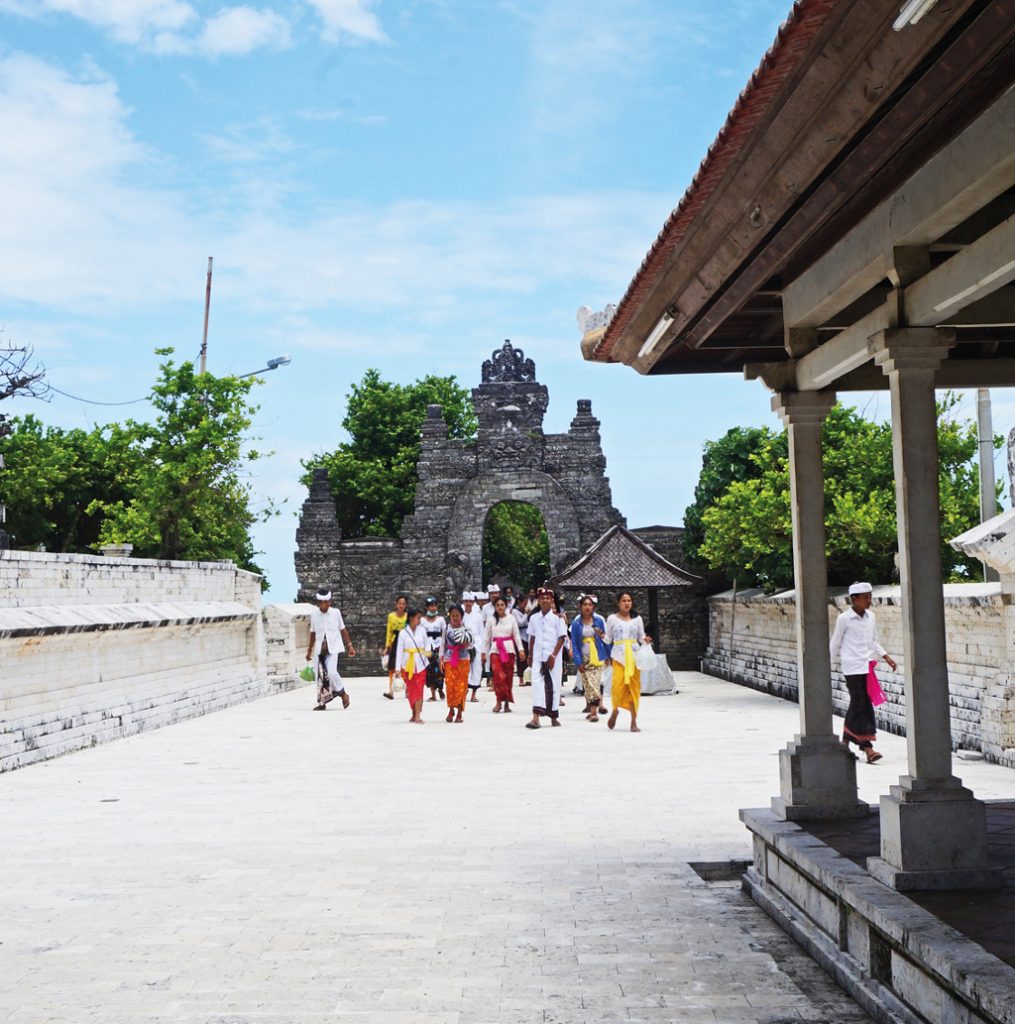
The other lontar pretty much contains several similar aspects including mentions of the gate to heaven. According to this second lontar, Uluwatu was built – in the 16th – by a Hindu priest named Dang Hyang Nirartha, also known as Dang Hyang Dwijendra, the holy man who built a number of other important temples in Bali such as Tanah Lot. However, this likely credits him to building the Padmasana shrines in Uluwatu, rather than the whole temple itself.
Nirartha travelled to Bali on a pilgrimage journey as instructed by a Hindu high priest from the Daha Kingdom in East Java. Nirartha was given orders to build temples in Bali, whilst acting as a missionary to spread the teachings of Hinduism – the then principal religion in Java before Islam was introduced.
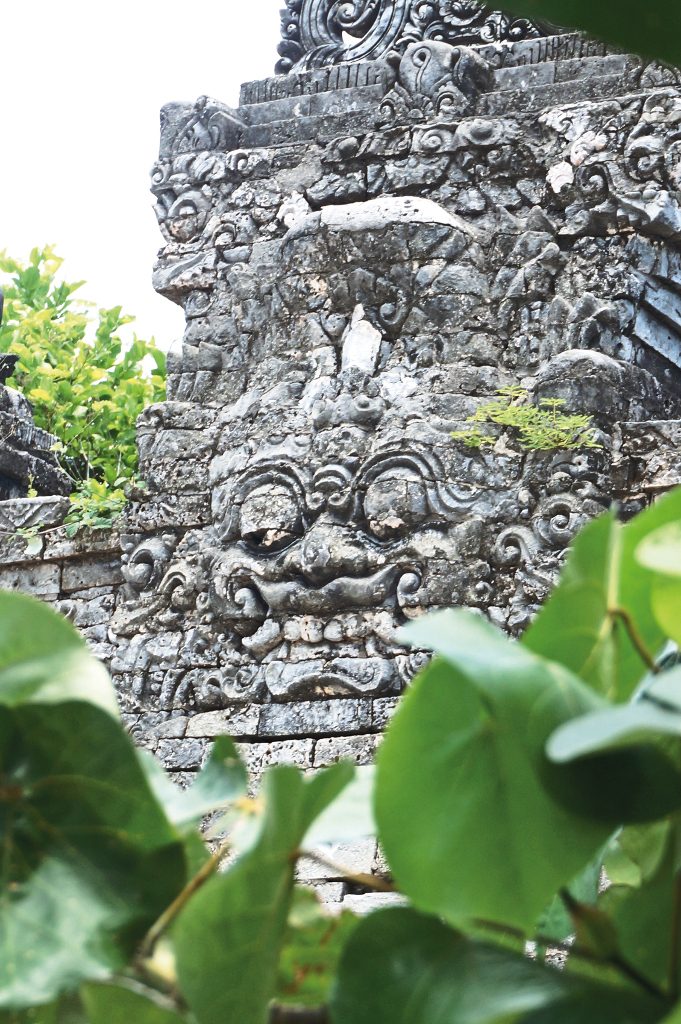
When Nirartha stepped foot in Uluwatu, he couldn’t help but admire the breathtaking natural beauty of the area. Uluwatu’s dazzling white cliffs with the rolling waves sweeping in down the bottom, hitting the cliff walls were so alluring to him. Of course, unlike real estate developers, he didn’t decide right then and there to build a temple in Uluwatu – he was very much consumed by the beauty of the area. Nirartha spent months meditating and praying in Uluwatu before he finally decided to build a temple there.
But what makes this temple so legendary is that Uluwatu temple was the last temple built by Nirartha. Dang Hyang Nirartha died after the temple was completed. Nirartha took his last breath in the midst of a praying session in the temple, surrounded by others who were also praying. It was at this moment that the others in attendance witnessed Nirartha’s body floating higher and higher until it vanished above the clouds. It was since then that Hindu devotees considered Uluwatu temple as the gate to heaven.
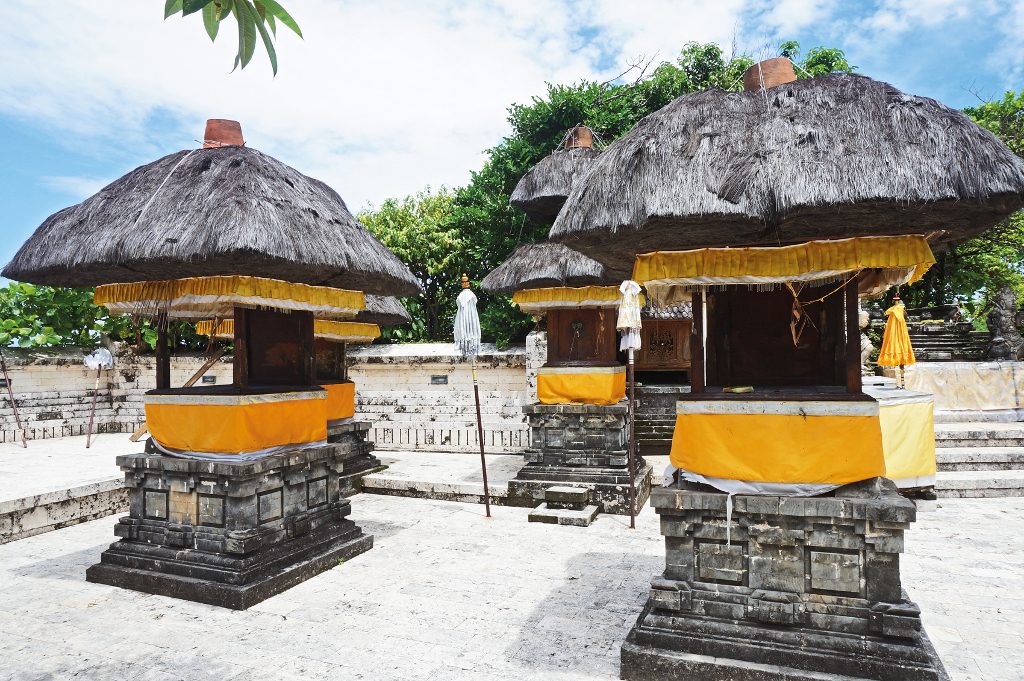
The root word from which the name Pura Luhur Uluwatu is derived from is ngeluhur, the Balinese word for ascension; and the ascension of Nirartha is commemorated during the Uluwatu temple’s ceremony, or known as odalan, which according to the Balinese calendar falls twice a year on Selasa Kliwon, meaning “special Tuesdays”.
It’s also believed that the big number of the monkeys found scattering around the temple’s premises are Nirartha’s soldiers. Nirartha transformed them into monkeys before his death, so they are bound to guard the temple forever.
Today, ‘secret’ spiritual activities are still undertaken at the temple. It’s said that during auspicious nights, the island’s most spiritually powerful people would come and pray at Uluwatu temple to increase their power. It’s during these nights that the monkeys would temporarily transform into their original human forms to stand vigilant and guard the temple because at midnight evil spirits burst from beneath the earth and all wind directions; they would transform back into monkeys minutes past midnight. Those praying would sleep in the temple, with the hope of waking up in the morning more powerful.






